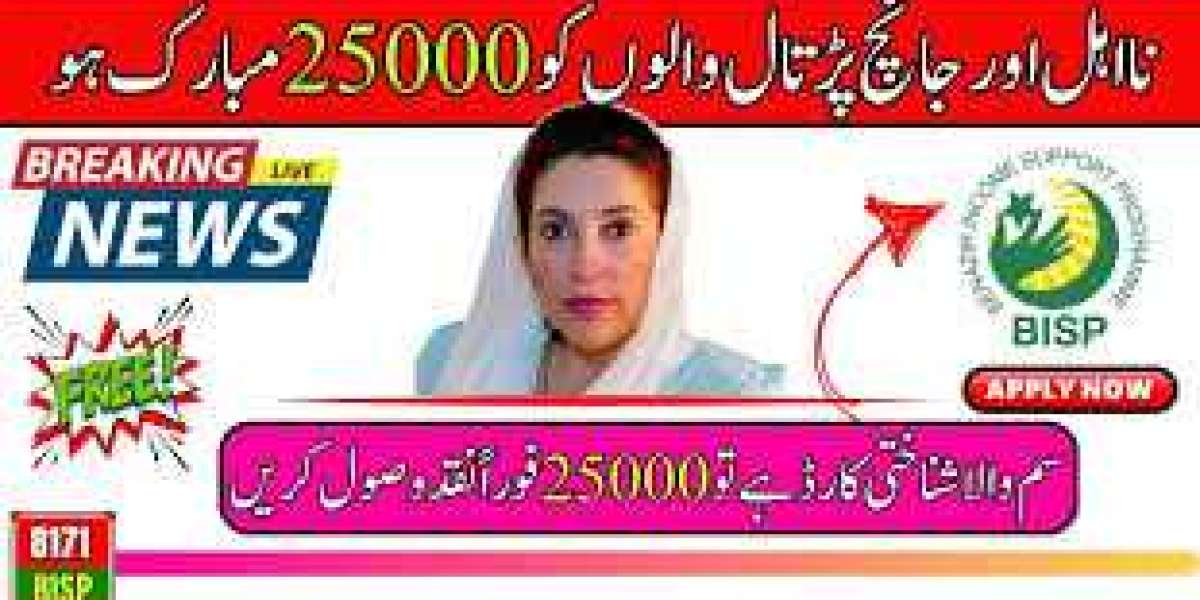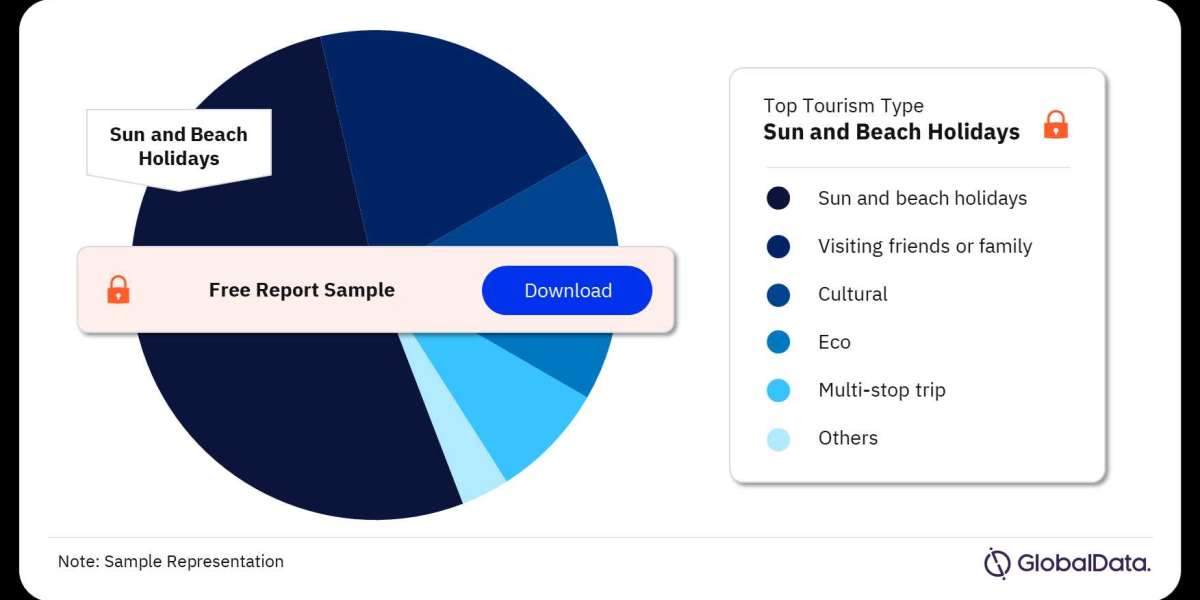Ehsaas Program: A Comprehensive Overview
Introduction
The Ehsaas Program, launched by the Government of Pakistan, is a multi-faceted social protection and poverty alleviation initiative. It represents a landmark shift in the nation's approach to addressing poverty, aiming to foster social welfare and economic empowerment among the most vulnerable segments of the population. This comprehensive program encompasses a wide range of sub-programs and initiatives designed to provide financial support, healthcare, education, and livelihood opportunities to millions of Pakistanis.
Historical Background
The Ehsaas Program was inaugurated by Prime Minister Imran Khan in March 2019 as part of his government's broader vision to create a welfare state. The name "Ehsaas" translates to "compassion" or "empathy" in Urdu, reflecting the program's core philosophy of caring for the marginalized and disadvantaged sections of society.
Objectives of the Ehsaas Program
The Ehsaas Program is built around several key objectives:
Poverty Alleviation: To reduce poverty and provide economic opportunities to the underprivileged.
Social Protection: To create a robust safety net for vulnerable populations, including women, children, the elderly, and persons with disabilities.
Human Capital Development: To invest in education, healthcare, and skills development to empower individuals and communities.
Economic Empowerment: To promote entrepreneurship and job creation through financial inclusion and support for small businesses.
Major Components of the Ehsaas Program
1. Ehsaas Emergency Cash Program
The Ehsaas Emergency Cash Program was introduced in response to the economic impact of the COVID-19 pandemic. It aimed to provide immediate financial assistance to families facing economic hardship due to lockdowns and job losses. Beneficiaries received a one-time cash grant to help them meet their basic needs during the crisis.
2. Kafaalat Program
The Kafaalat Program is designed to provide monthly stipends to the poorest women in Pakistan. Each beneficiary receives a regular cash transfer, which helps them support their households and improve their living conditions. This program also includes initiatives to ensure financial inclusion for women by providing them with access to bank accounts and digital financial services.
3. Ehsaas Amdan Program
The Ehsaas Amdan (Income) Program focuses on asset transfer to enable poor families to generate sustainable income. Through this initiative, small assets such as livestock, sewing machines, or agricultural tools are provided to deserving households, helping them establish or enhance their means of livelihood.
4. Ehsaas Nashonuma Program
The Ehsaas Nashonuma Program aims to combat stunting and malnutrition among children under the age of two. It provides conditional cash transfers to pregnant and lactating women, ensuring that they have access to nutritious food and healthcare services. The program also emphasizes health education and regular health check-ups.
5. Ehsaas Undergraduate Scholarship Program
To promote higher education and support talented students from low-income families, the Ehsaas Undergraduate Scholarship Program offers financial assistance to cover tuition fees and living expenses. This initiative aims to bridge the educational gap and empower youth to pursue their academic and professional goals.
6. Ehsaas Langar and Panahgahs
The Ehsaas Langar (soup kitchen) and Panahgahs (shelter homes) initiatives provide free meals and temporary shelter to the homeless and those in need. These facilities operate across various cities, ensuring that vulnerable individuals have access to basic necessities such as food and shelter.
Impact and Achievements
Since its inception, the Ehsaas Program has made significant strides in addressing poverty and social inequality in Pakistan. Some notable achievements include:
Reaching millions of beneficiaries through the Ehsaas Emergency Cash Program during the COVID-19 pandemic.
Empowering women through the Kafaalat Program by providing them with financial support and promoting financial inclusion.
Reducing stunting and improving child health through the Ehsaas Nashonuma Program.
Supporting higher education for thousands of students through the Ehsaas Undergraduate Scholarship Program.
Challenges and Future Prospects
Despite its successes, the Ehsaas Program faces several challenges, including ensuring effective implementation, overcoming bureaucratic hurdles, and reaching remote and underserved areas. However, the government's commitment to continuous improvement and expansion of the program indicates a promising future.
The future of the Ehsaas Program lies in its ability to adapt to evolving social and economic conditions, incorporate feedback from beneficiaries, and leverage technology for better service delivery. The program's emphasis on transparency, accountability, and community participation will be crucial in achieving its long-term goals.
Conclusion
The Ehsaas Program stands as a beacon of hope for millions of Pakistanis living in poverty. Through its diverse range of initiatives, it addresses the multifaceted nature of poverty and provides a comprehensive framework for social protection and economic empowerment. As the program continues to evolve, it holds the potential to transform the lives of countless individuals and contribute to the creation of a more equitable and prosperous society.








